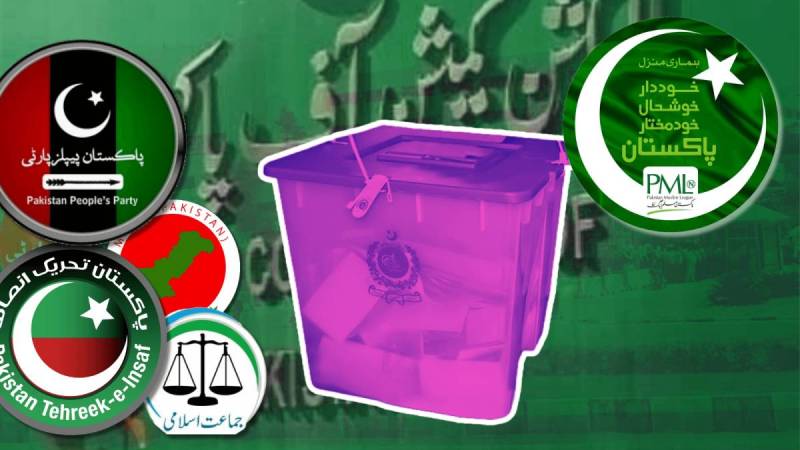
Pakistan will conduct general elections to elect the 16th National Assembly on February 8, 2024, as announced by the Election Commission of Pakistan. As the day of the elections is getting closer, the fears and aspirations of the masses are also reaching a fever pitch. A critical question that intrigues both the average citizen and the politically informed individual in Pakistan is whether this electoral phase is merely a repetition of the past or if it unfolds against a truly unique backdrop. A closer examination reveals a blend of familiar patterns and novel dynamics that set the stage for a politically charged and economically turbulent contest.
A cursory glance over the political dynamics of the country reveals that the same political players are in the game, with some coming from older groups and others joining forces after leaving different parties. The role of the establishment intervening to influence electoral outcomes also echoes historical precedents. The election campaigns and political manifestos themselves appear to lack substantive issues, a recurring theme in Pakistan's political narratives. Instead of a robust debate on issues such as the economy, education, healthcare, and foreign policy, the campaigns appear to be overshadowed by political rhetoric, personal attacks, and generalities.
In the last elections held in July 2018, PTI emerged as the single largest party at the national level both in terms of popular vote and support. However, the “popularly elected” PM Imran Khan was ousted from office through a no-confidence motion in April 2022, becoming the first prime minister in the country’s history to be unseated by a parliamentary revolt.
In this way, the country was able to see a “new day” under the PDM government led by Shahbaz Sharif characterized by a serious economic crisis, increased terrorist attacks and heightened political polarization, a glimpse of which we saw on May 9, 2023.
Elections in Pakistan have never been without any controversy and it will most likely be more or less the same this time. The forthcoming 2024 elections are going to be held when the country is witnessing a serious cost-of-living crisis, rising unemployment and increased poverty. Compounding these challenges are persistent power shortages nationwide, with more frequent instances of gas loadshedding observed this winter season. These factors collectively contribute to growing public discontent. It remains uncertain how this discontent will translate at the ballot box and which party or entities voters will hold responsible for their economic hardships.
The polls on February 8 are going to have the largest count of young voters that have risen from 46.43 million in 2018 to 56.86 million, indicating a growth of 10.42 million over approximately six years.
Political polarization, which now feels like the bedrock of Pakistani politics, is currently at its peak. People and society are divided like never before in terms of their political affiliations. This has been aggravated by the barriers placed on a major political party, the PTI, to conduct its election campaign. The Human Rights Commission of Pakistan (HRCP) has also expressed its concerns over the lack of a level playing field for all parties in running their campaigns.
Another distinguishing aspect is the increased use of social media as a tool for election campaigns. At present, Pakistan Tehreek-e-Insaf (PTI) is taking a leading role in the use of social media platforms, including X, Facebook, TikTok, Instagram, and YouTube, as part of its election campaign. This strategic move comes in response to the challenging constraints imposed on the party. However, the authorities are even restricting virtual political rallies and online fundraisers of the PTI by orchestrating internet outages from time to time and ascribing them to technical reasons.
Finally, the polls on February 8 are going to have the largest count of young voters that have risen from 46.43 million in 2018 to 56.86 million, indicating a growth of 10.42 million over approximately six years. The substantial presence of young voters, the majority of whom are active on social media, not only has the potential to sway public opinion through online propaganda tools but could also reshape the electoral landscape in multiple constituencies if they participate in large numbers on election day.
Amid this sociopolitical milieu, nothing can be predicted of the election outcome. While people having strong political opinions must have forecasted the future “elected” or “selected” government, the masses have to wait for the results till February 8.

